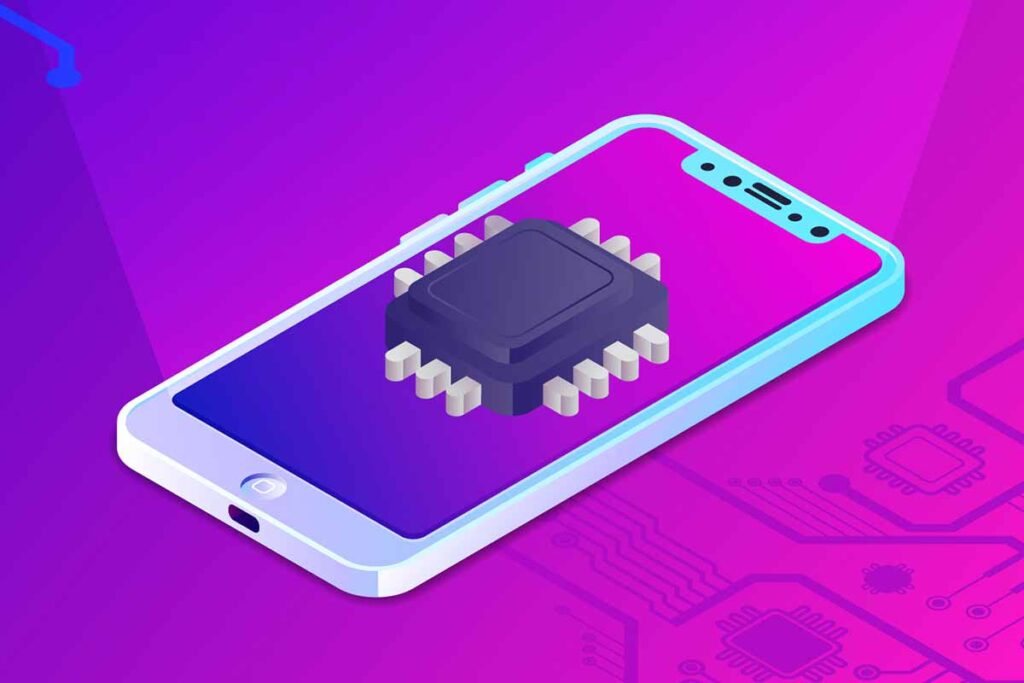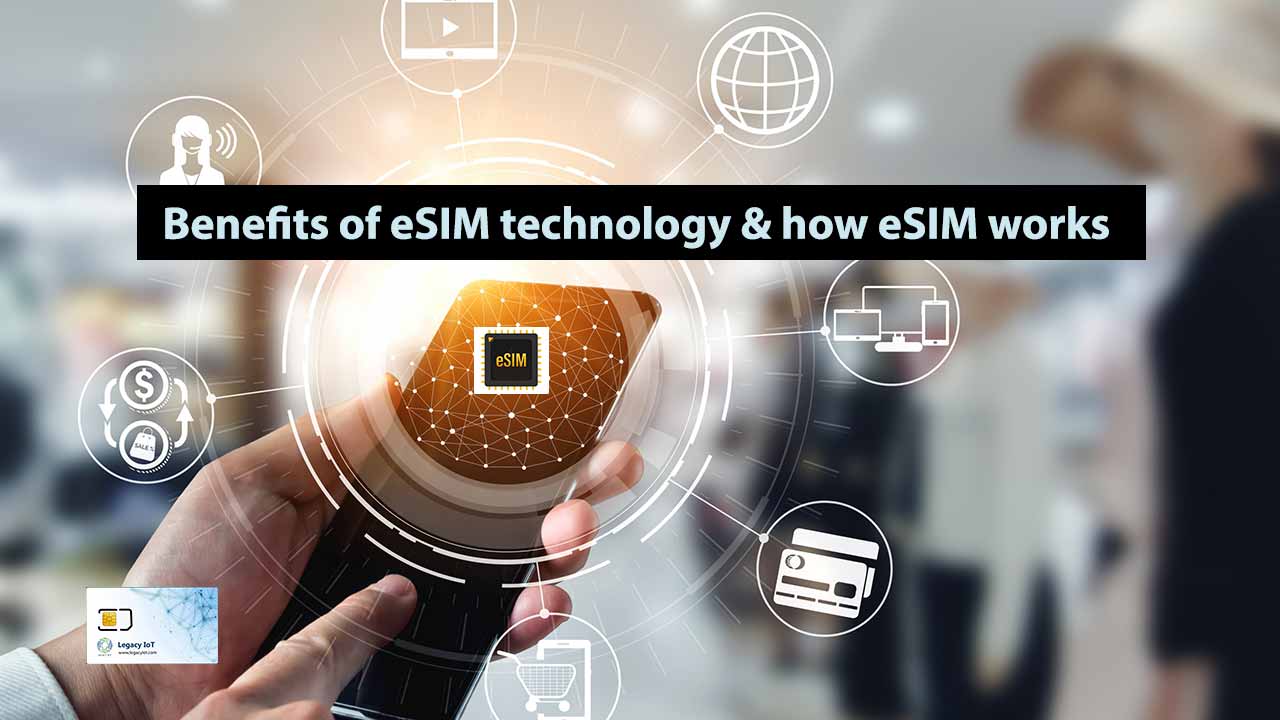Introduction to eSIM Technology
In today’s digitally driven world, where connectivity is paramount, the evolution of SIM cards has played a significant role in shaping how we stay connected. With the advent of eSIM technology, the landscape of telecommunications has witnessed a transformative shift. This blog aims to delve into the realm of eSIM, exploring its functionality, applications, benefits, and challenges.
Evolution of SIM cards
The journey of Subscriber Identity Module (SIM) cards dates back to the early days of mobile communication. Traditional SIM cards, characterized by their physical form factor, have long been the standard for activating and provisioning cellular services.

However, the limitations posed by these physical cards, such as the need for insertion and removal, paved the way for innovation.
What is an eSIM?
Definition
In SIM card technology, embedded SIM, or eSIM, is the next step forward. E-SIMs do not require physical SIM cards since, in contrast to regular SIM cards, they are integrated into devices immediately during the manufacturing process. This embedded module stores the necessary information required for cellular connectivity, such as network credentials and subscriber data. Want to know about eSIM or embedded sim in detail?
How it works
eSIMs operate on the principle of remote provisioning, allowing users to activate cellular service without the need for a physical SIM card. Through Over-The-Air (OTA) technology, users can download the necessary network profiles onto their devices, enabling seamless connectivity.
How is eSIM used?
eSIM technology finds application across various domains, revolutionizing the way we interact with connected devices. Such as Mobile devices, Wearable technology, IoT devices etc. As they explain below.
Mobile devices
In the realm of mobile phones and tablets, eSIMs offer users the flexibility to switch between different carriers and plans without the hassle of physically swapping SIM cards. This flexibility empowers users to choose the most suitable network for their needs, whether traveling abroad or seeking optimal coverage in remote areas.
Wearable technology
The integration of eSIMs into wearable devices, such as smartwatches and fitness trackers, enhances their standalone functionality. With cellular connectivity built directly into these devices, users can enjoy features like making calls, sending messages, and accessing online services without relying on a paired smartphone.
IoT devices
The Internet of Things (IoT) ecosystem benefits significantly from eSIM technology, enabling seamless connectivity for a myriad of devices, including smart meters, connected cars, and industrial sensors. eSIMs facilitate efficient management of IoT deployments, offering remote provisioning and over-the-air updates for enhanced reliability and scalability.
Benefits of eSIM
eSIM technology brings forth a plethora of benefits for consumers and businesses alike.
Convenience
The elimination of physical SIM cards simplifies the process of activating and managing cellular service, providing users with greater convenience and flexibility.
Flexibility
eSIMs empower users to switch between different mobile operators and data plans effortlessly, catering to their evolving needs and preferences.
Cost savings
By enabling remote provisioning and eliminating the need for physical SIM cards, eSIM technology reduces operational costs for businesses and enhances cost-effectiveness for consumers.
Challenges and limitations
While eSIM technology offers numerous advantages, it is not without its challenges and limitations.
Compatibility issues
The widespread adoption of eSIM technology faces challenges related to device compatibility and interoperability across different networks and service providers.
Network support
The availability of eSIM support varies across regions and mobile operators, limiting its widespread adoption in certain markets.
Future prospects of eSIM
Despite the challenges, the future of eSIM technology appears promising, with ongoing efforts to address compatibility issues and expand network support. As the ecosystem matures, eSIMs are poised to become ubiquitous, driving innovation across various industries and unlocking new possibilities for connected devices.
Conclusion
eSIM technology, which provides unmatched convenience, flexibility, and connectivity, is a paradigm breakthrough in the telecoms industry. While challenges persist, the potential of eSIMs to revolutionize the way we interact with connected devices is undeniable. Legacy IoT, which embraces eSIMs, offers chances for consumers and organizations to stay connected in an increasingly digital environment as technology advances.
FAQs
Q1. What devices support eSIM technology?
Smartwatches, tablets, smartphones, and Internet of Things devices are just a few of the gadgets that utilize eSIM technology.
Q2. Can I switch between mobile operators with eSIM?
Yes, eSIM technology enables users to switch between different mobile operators and data plans seamlessly.
Q3. Are there any additional costs associated with eSIM activation?
Activation of eSIMs typically does not incur additional costs, but users should consult with their mobile operators for specific details.
Q4. Is eSIM technology available worldwide?
While eSIM adoption is growing globally, its availability may vary depending on region and network support.
Q5. How do I activate an eSIM on my device?
Activation of eSIMs typically involves downloading the appropriate network profile onto your device through a supported app or service provided by your mobile operator.





